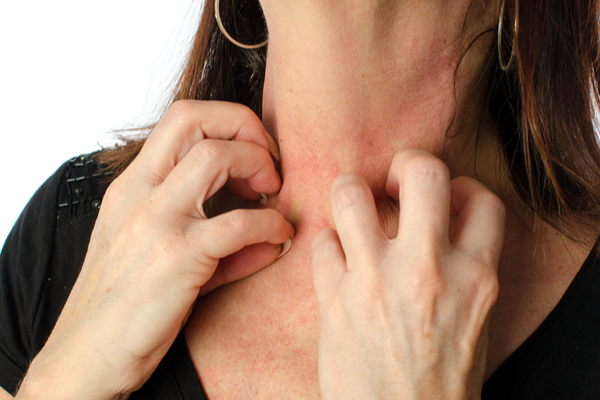Scientists have yet to fully comprehend why ticks are such hazardous disease carriers. A team of researchers has discovered that tick saliva suppresses the skin’s protective function, increasing the risk of infections like tick-borne encephalitis (TBE) or Lyme disease. The researchers studied skin samples from volunteers as well as human skin models, simulating the bite of the most prevalent European tick (Ixodes ricinus). In both cases, the team led by Georg Stary (Department of Dermatology at MedUni Vienna, CeMM Research Center for Molecular Medicine of the Austrian Academy of Sciences, Ludwig Boltzmann Institute for Rare and Undiagnosed Diseases) in collaboration with Hannes Stockinger’s research group (Center for Pathophysiology, Infectiology, and Immunology at MedUni Vienna) identified rapidly occurring immunomodulation patterns.
Contact with tick saliva, for example, was discovered to alter the function of immune cells, particularly T cells, which are critical for immunological memory. Similar findings were made in the early phases of model infection by Borrelia burgdorferi, the most frequent cause of Lyme disease.
They discovered that pre-incubating Lyme disease-transmitting bacteria (B. burgdorferi spirochetes) with tick salivary gland extracts inhibits immune cell formation in the skin and enhances pathogen burden. “Overall, we discovered that tick feeding alters the skin’s immune system, limiting the local immunological response. This indicates that hazardous bacteria injected into the skin by tick saliva might grow more quickly, leading to illness “Johanna Strobl, the study’s primary author, summarises the key research results.
Also Read: Poor health is related to decreased in production of breast milk: Study
Austria is one of the countries with the highest tick prevalence. Lyme disease and tick-borne encephalitis (TBE) are the most frequent tick-borne infections, infecting about every second European tick. At a temperature of seven degrees, the arachnids start active. Ticks are becoming a hazard in higher-altitude parts of Austria and long into late fall as a result of increased temperatures caused by climate change.
Follow Medically Speaking on Twitter Instagram Facebook

